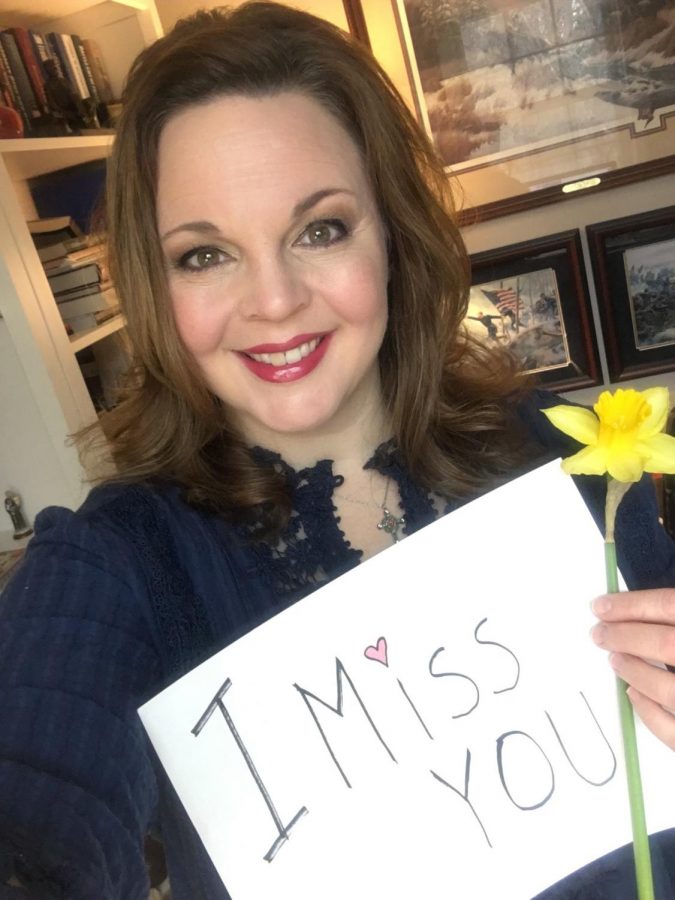Ruth Squillace
May 13, 2020
With the unprecedented COVID-19 pandemic, the future is unknown. Schools around the world have turned to online learning as their only hope to continue with their students’ education.
For Mrs. Ruth Squillace, who teaches Criminal Justice and Participation in Government/Economics, there are many negatives about online learning. In school, Mrs. Squillace enjoys seeing her students and talking to them. She is able to actually see their facial expressions, which can tell her if a student is having a bad day and allows her to comfort them and communicate. In the classroom, Mrs. Squillace can recognize if the students are understanding the material just by their facial expressions, and when she sees confusion, she can step back and teach in a way that makes more sense to them. “I can’t read my students through a screen,” she said. There is a lack of communication verbally or visually. “In distance learning, there is distance,” she said.
Mrs. Squillace also said she has lost a friend and has numerous friends on life support due to COVID-19.
Mrs. Squillace has some concerns for the rest of the year. “My main concern is the wellbeing of my students, the rest will work itself out.” In her classes, she tries to give the same work that she would if her students were in class, especially in her Participation in Government/Economics class because the students “learn through the lens of current events.”
Mrs. Squillace said she misses her students, colleagues, interactions and working on her feet. However, using technology as a means of education will help her with future online assignments because she is more comfortable with it. She said that her colleagues have been outstanding, and Mr. Ed Storck and Mrs. Sara Trenn have offered their time to help teachers learn more about how to incorporate different types of programs in their lessons.
For Mrs. Squillace, online learning has “confirmed providing a lot of direction and a lot of support” is how students learn best.
